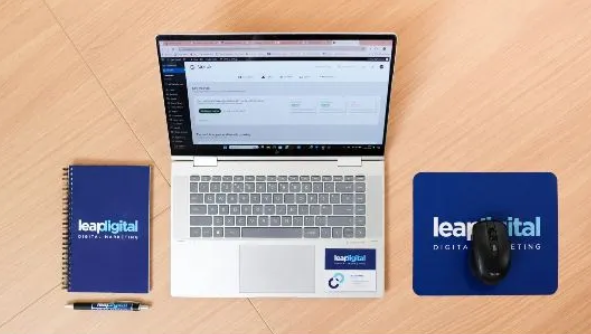Accurate cost estimation is the backbone of successful construction project planning. Whether you’re building a residential property or managing a large-scale commercial development, understanding how to assess costs can make the difference between profitability and loss. This guide explores everything from the types of estimates to key software tools, giving you a practical framework to approach any construction budget with confidence.
📊 Types of Cost Estimates: From Early Planning to Final Budgeting
Every construction project passes through several phases, and so does the cost estimating process. Different types of estimates are used depending on the stage of the project and the level of detail available:
-
Preliminary or Conceptual Estimates: Used in the early stages when design details are limited. These are rough approximations based on similar past projects and are mainly used to evaluate project feasibility.
-
Detailed Estimates: Created once plans and specifications are fully developed. This type of estimate is more precise and includes materials, labor, equipment, overhead, and other direct or indirect costs.
-
Feasibility, Design, and Bid Estimates: These play critical roles at different stages, each becoming more refined as the project moves forward.
Understanding which type of estimate to use and when is essential to managing client expectations, timelines, and budgets.
🛠️ Cost Estimating Methods: Choosing the Right Approach
Construction professionals rely on various cost estimation techniques depending on the scale and complexity of the project:
-
Analogous Estimating: Uses historical data from similar past projects to project costs quickly. It’s fast but less accurate unless the past projects are closely related.
-
Parametric Estimating: Involves statistical models and unit-based pricing, providing more accuracy and is useful during the design development stage.
-
Bottom-Up Estimating: Builds the total project cost by summing detailed estimates from individual components. Though time-consuming, it’s often the most accurate method.
-
Three-Point Estimating: Uses optimistic, pessimistic, and most-likely scenarios to find a balanced estimate, accounting for uncertainties.
Each method suits different project types and phases, so knowing when to use each is key to mastering construction cost estimating.
🚧 Common Cost Estimation Problems and How to Avoid Them
Despite technological advances and proven frameworks, cost estimation is still vulnerable to errors:
-
Scope Creep: Changes and additions to the project not properly accounted for in the original estimate.
-
Underestimating Indirect Costs: Overlooking permits, taxes, insurance, and contingency expenses can significantly affect the final budget.
-
Inconsistent Data Sources: Without standardized input, even sophisticated models can produce faulty projections.
Utilizing modern cost estimation techniques helps address these challenges with more structured, data-driven workflows.
💻 Key Estimating Software Features That Improve Accuracy
With digital transformation sweeping the construction industry, using advanced cost estimating software is essential for staying competitive. The right tools offer features that enhance accuracy and efficiency.
At Prediction 3D Technologies, we develop smart and efficient construction estimating software to simplify the process, helping builders, contractors, and project managers plan better, faster, and smarter.









